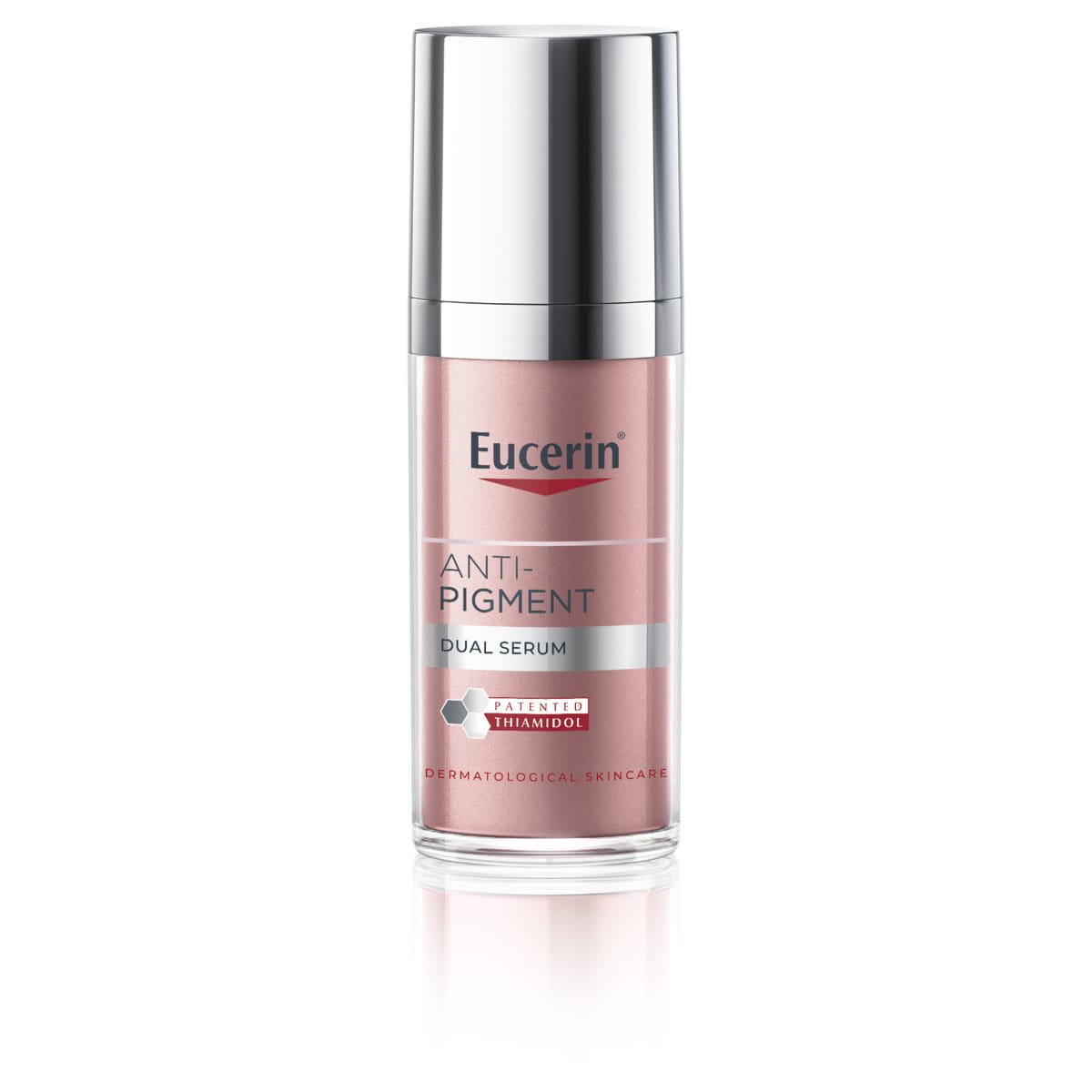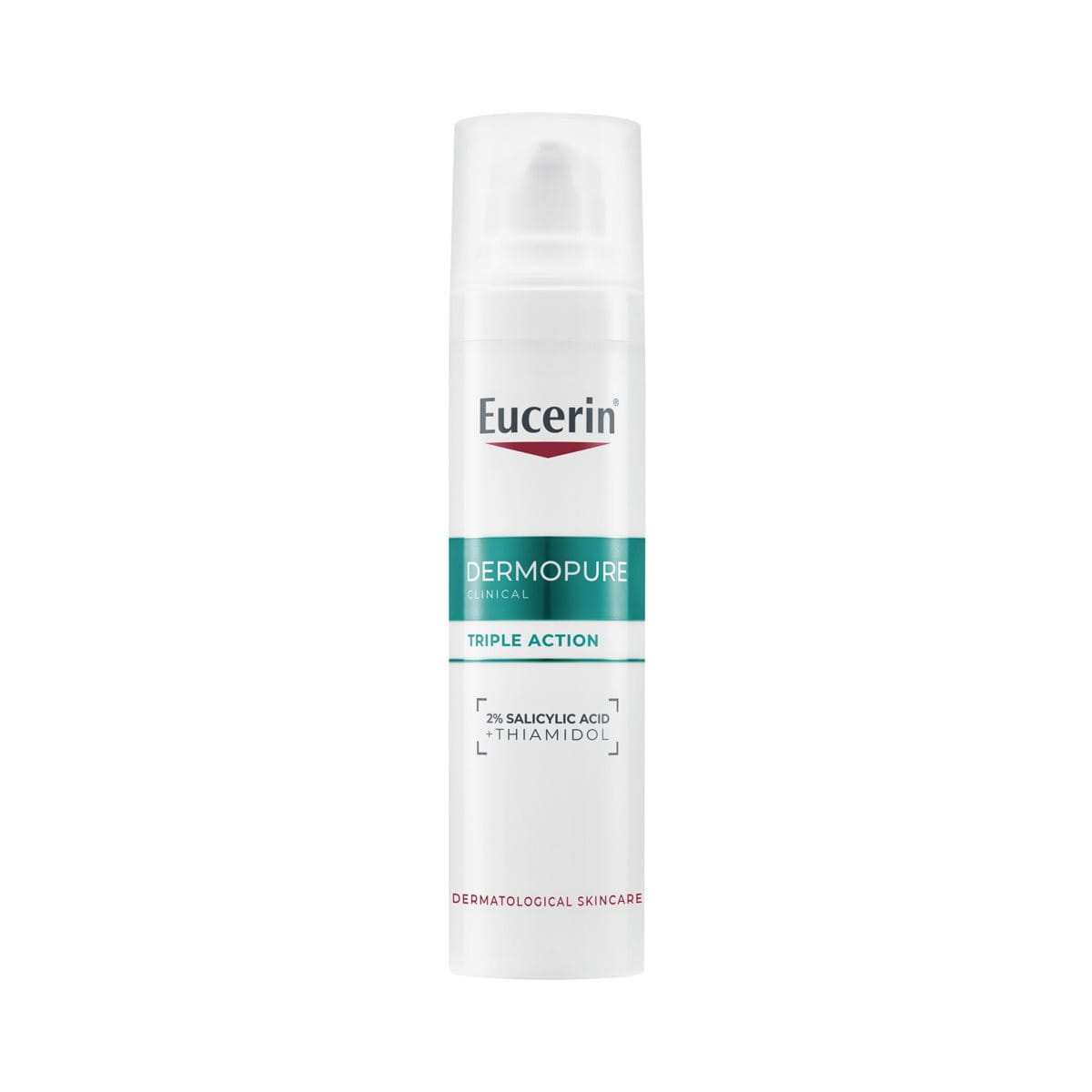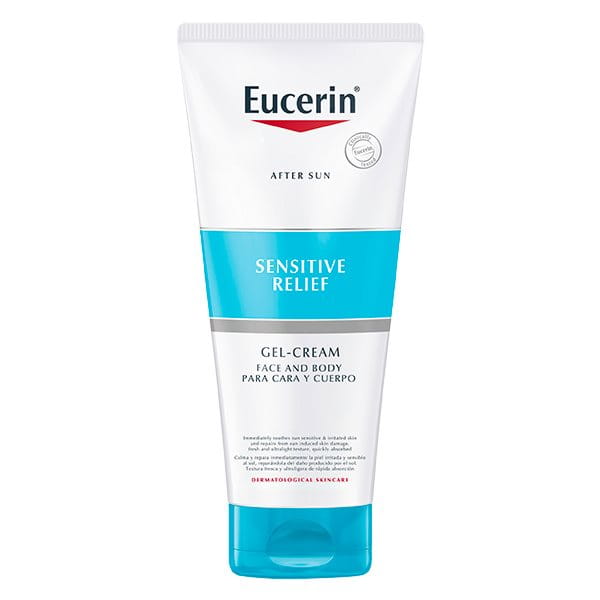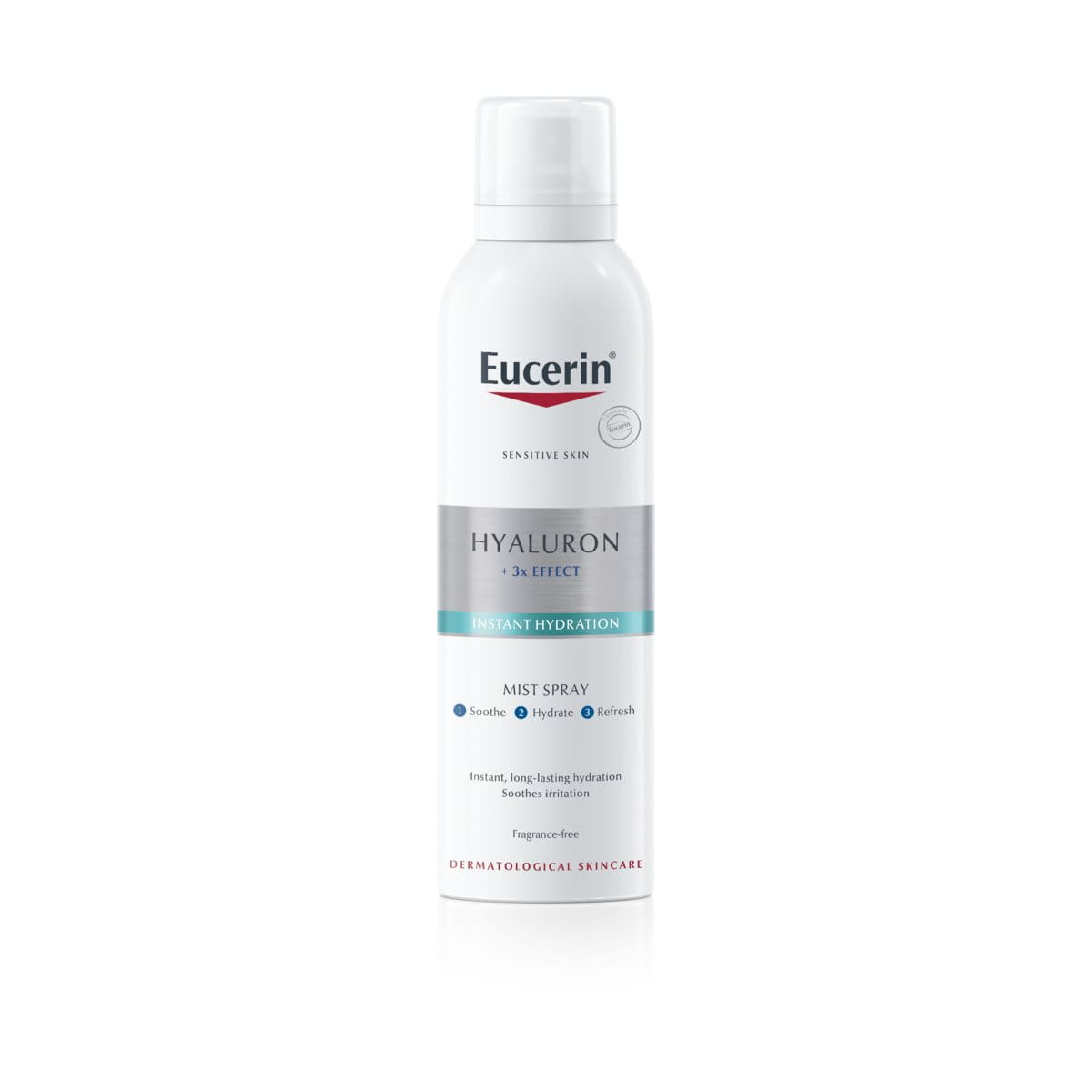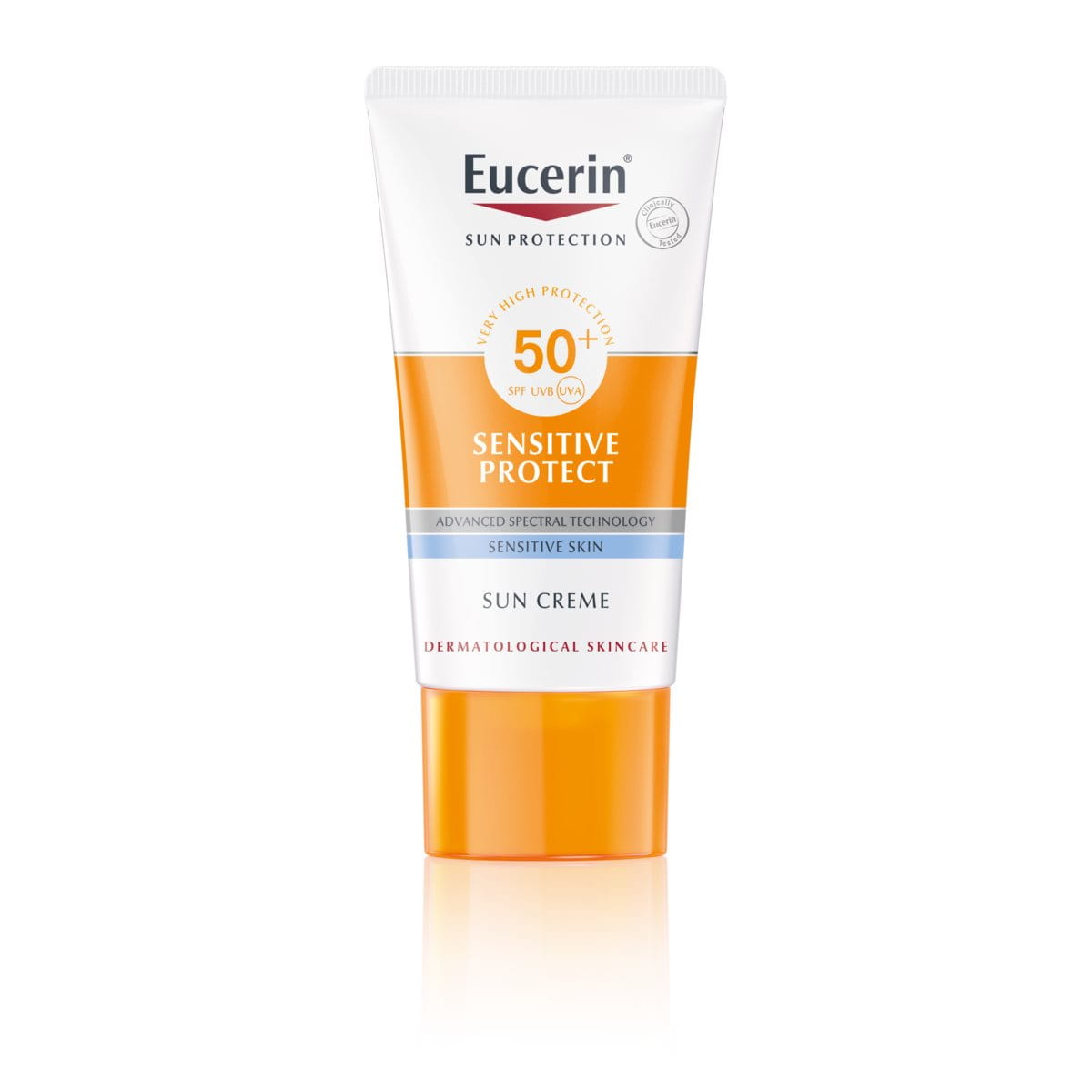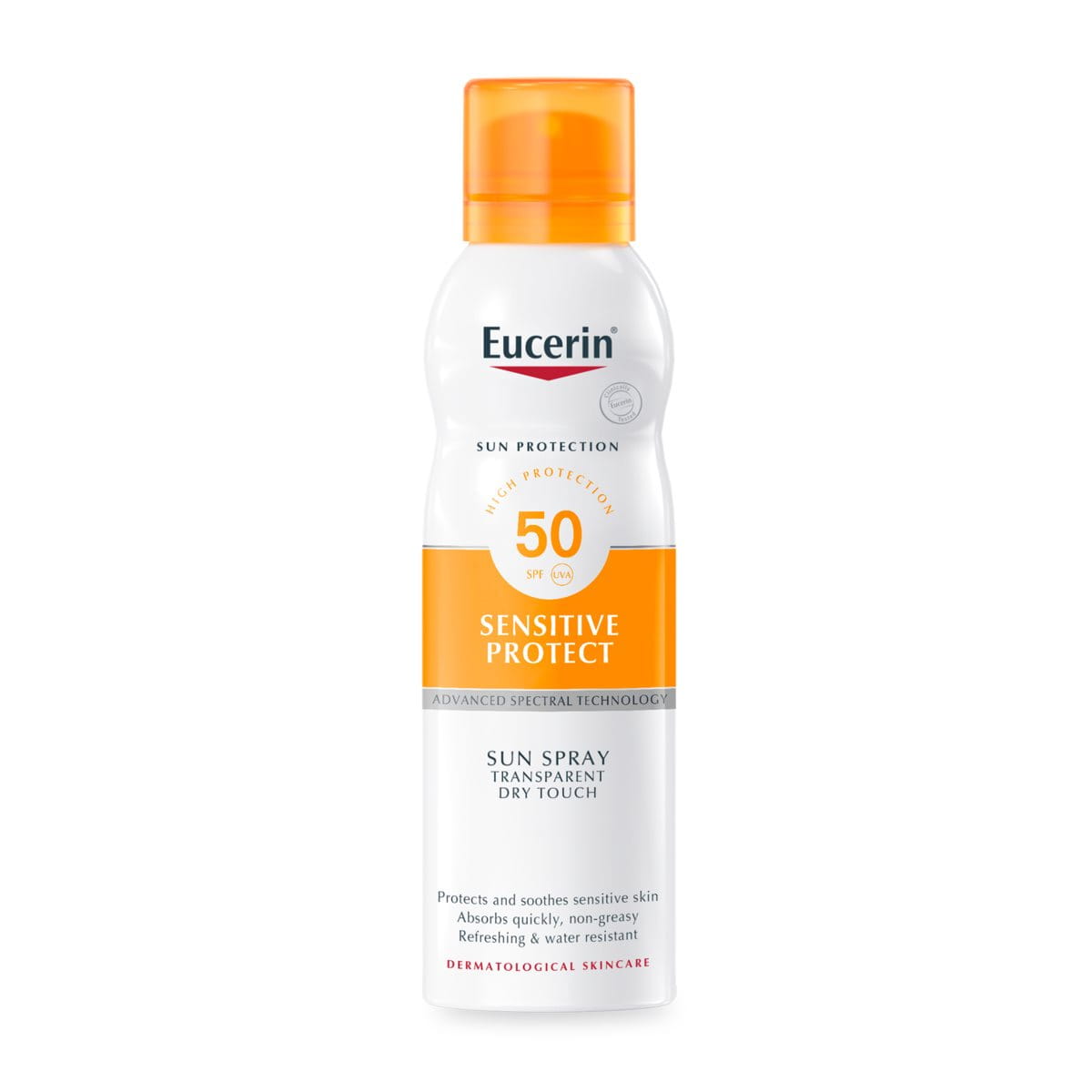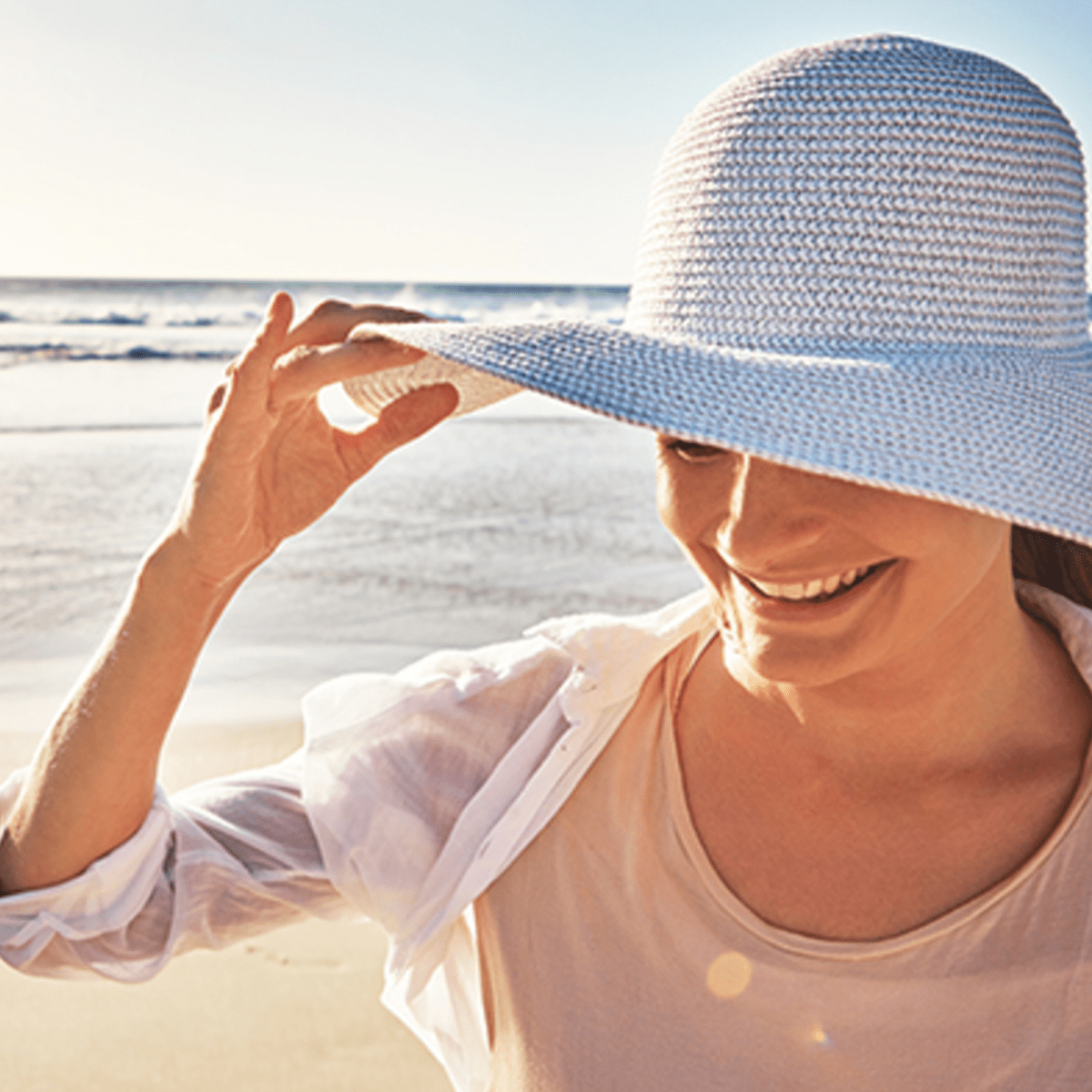The skin is red, swollen, and aches – the effects of sunburn are unpleasant and, above all, harmful to the skin. The medical term is dermatitis solaris. It is an acute damage to the skin caused by ultraviolet radiation (UV light for short).
UVA and especially UVB radiation in sunlight is responsible for the appearance of bad sunburn and painful skin damage. Such sunburn can lead to long-term damage and increase the risk of skin cancer. That's why it's important to prevent even mild burns from occurring in the first place, if possible. There are several steps you can take to prevent and treat mild, moderate, or severe sunburn.
